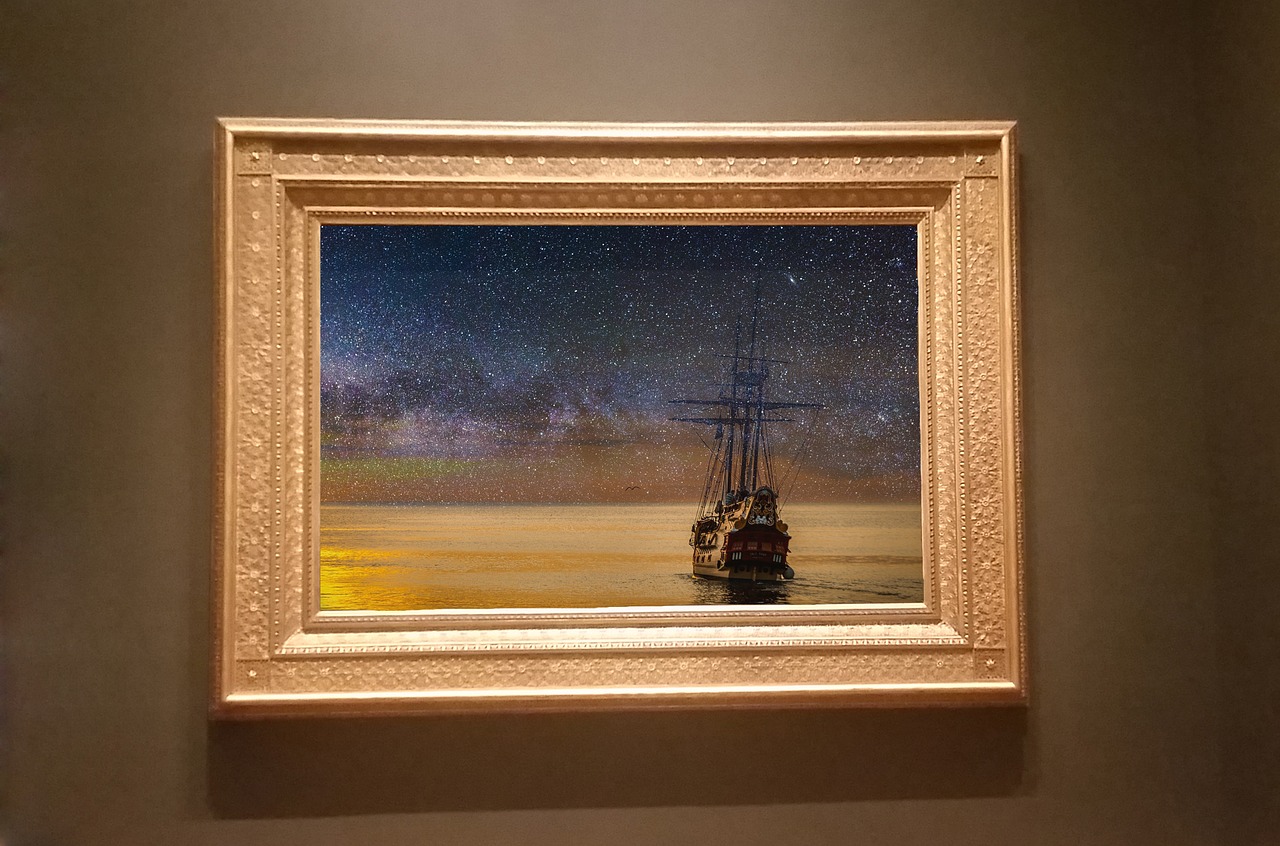Owning fine art, antiques, and collectibles come with responsibility for the preservation of the piece. At some point, you will need to transport or store your precious collections. There are precautions and preparations you can do to protect and insure the safety of your pieces. Here are 10 tips for moving and storing your treasured pieces.
Prepare for Storage
Use a microfiber cloth or a dry soft paintbrush to remove dust off of your piece. Use wood polish to reduce scoffing. Use metal polish to reduce rust. This will put your artwork in its best condition right before storing and moving it.

Prevent Mold
Wrapping your pieces in plastic traps moisture against your artwork and may cause mold. For a short transport, this would be ok. For longer-term storage, your pieces need to breathe. Experts at Cheap Denver Movers (www.cheapdenvermovers.com) recommend wrapping artwork in a soft cloth to protect the surface. Never use bubble wrap against the surface of a painting as it can leave behind marks on the paint.
Prevent Fading
Using an interior space will protect your artwork from excessive sunlight damage. Choose an interior room and an interior wall to protect your artwork from fading damage.
Documentation of Pieces
Take detailed pictures of your artwork, antiques, and collections. Write a condition report on each piece. Be sure to take notation of any existing damage. It could be helpful to use an inventory app like ArtMoi if you have an extensive collection.
Separation of Pieces
Use a crescent board to separate your pieces of art when stacked or in transit. They need to be protected but also able to breathe. Attach cardboard corners to your frames to prevent damage.
Acid-Free Materials
Your pieces will age faster if they come into contact with acidic materials. It may also dye the print or the backing of your piece. This will negatively affect the value of your piece. Always use acid-free materials for backing and matting.
Climate Control
The humidity in your storage should be 40-40%. The temperature should remain at 70-75 degrees Fahrenheit. Failure to maintain climate control can cause cracking paint, warping, yellowing paper and mold growth. Any rapid change of humidity and temperature is the worst enemy for proper storage of your treasures.
Hang for Storage
You can install S hooks and mount the art all over the walls of the storage unit.
If your pieces cannot be hung, stack them like books vertically, not piled. The weight of piled art can cause damage on the bottom of the pile.
Bugs
Ensuring your storage unit is bug-free is pertinent. Remember even if it is, if the unit next to you brings in bugs, moths and such with their content, they may transfer to your unit.
Routine Checkups
Making a routine checkup on your stored artwork will give peace of mind, especially for longer-term storage. If you see an issue, you can prevent further damage before it is too late.

It is possible to store your collections with protections. You need to be aware of the possible dangers and damage that can occur. Then, you will be able to take steps to prevent any adverse damage. This will preserve your artwork for future generations to enjoy.

